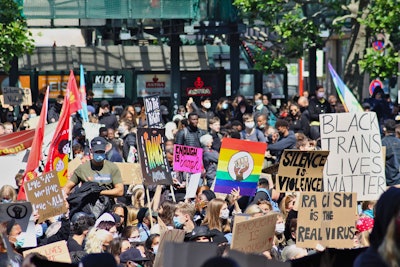It was a grueling spring semester for Black student activists. After the police killings of George Floyd, Breonna Taylor and others, Black students across the nation protested and petitioned for campus police reforms, new campus building names, faculty diversity training and more — all amid a global pandemic disproportionately hitting communities of color.
And they got results — driving ongoing waves of activism on campus.
Notably, the University of Maryland divested from the 1033 program, a U.S. Department of Defense initiative that gives surplus military equipment to police. The University of Minnesota cut ties with its city police department, followed by an avalanche of petitions asking other universities to do the same.
“We underestimate the power of the aggregate voice,” says Jael Kerandi, a rising senior and formerly the first Black president of the University of Minnesota’s student government.

After Kerandi’s victory at Minnesota, both student government and faculty at Ohio State University sent letters pushing the school to disassociate from the Columbus police department. Similarly, student groups at the University of Louisville, Georgetown University, Northwestern University, Columbia University, New York University and others spread petitions to cut ties with city police, garnering thousands of signatures.
University of Chicago students occupied campus police headquarters in June, calling for the department to be dissolved. Meanwhile, Harvard University students revived calls to disband their campus police force after Harvard University officers were found monitoring a Boston Black Lives Matter protest.















